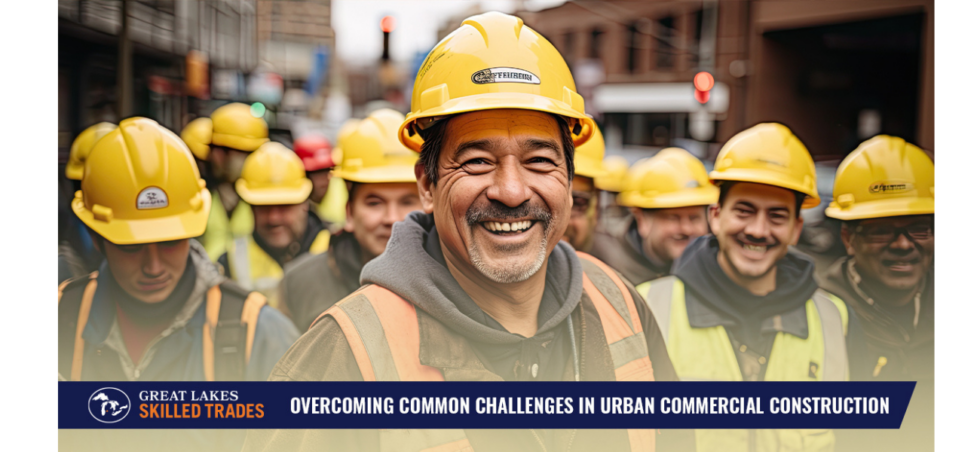If you haven’t been paying close attention, it might seem like the skilled trades industry hasn’t changed much in decades. After all, drywall still goes up the same way it always has. Painters can still be found on every job site, working their magic with rollers and brushes. But if you dig a little deeper, you’ll find some current trends that are revolutionizing the industry behind the scenes. Here’s what you should know.
Automation and Robotics
Despite media hype, we are far from robots replacing skilled human workers—if they ever actually do. But the skilled trades are starting to incorporate these technologies to make work faster, safer, and more efficient. For example, you might see a roofer sending a drone to determine the scope of the work and identify any dangerous spots before climbing up.
And automation can vastly improve speed by streamlining the supply chain to ensure that skilled tradespeople have everything they need for the job. It can also provide an underlying network of support, ensuring that when onsite tradespeople run into complex issues, they can easily contact experts in the field for consultation and advice.
Artificial Intelligence (AI)
Artificial intelligence has gotten a bad rap lately, but it can be tremendously beneficial for the skilled trades industry. In particular, it can help penetrate walls, ceilings, and even crawl spaces to identify issues. Imagine no longer having to tear out an entire section of a home to look for mold or bad wiring. In the near future, AI-powered vision sensors may be able to probe for specific problems and tell the human worker exactly where to look.
Sustainable Building Practices
It’s no longer possible to ignore the impacts of human activities on the environment. Sustainable building practices have become incredibly important to many consumers and companies alike. These run the gamut from alternative building materials such as bamboo to water recycling systems. Contractors should be aware of the options in order to serve environmentally conscious customers better.
Need a Skilled Trade Professional?
At Great Lakes Skilled Trades, we specialize in connecting contractors with professionals in the skilled trades throughout the Great Lakes region. If you need a skilled tradesperson, learn more about our services, and reach out to us today!









